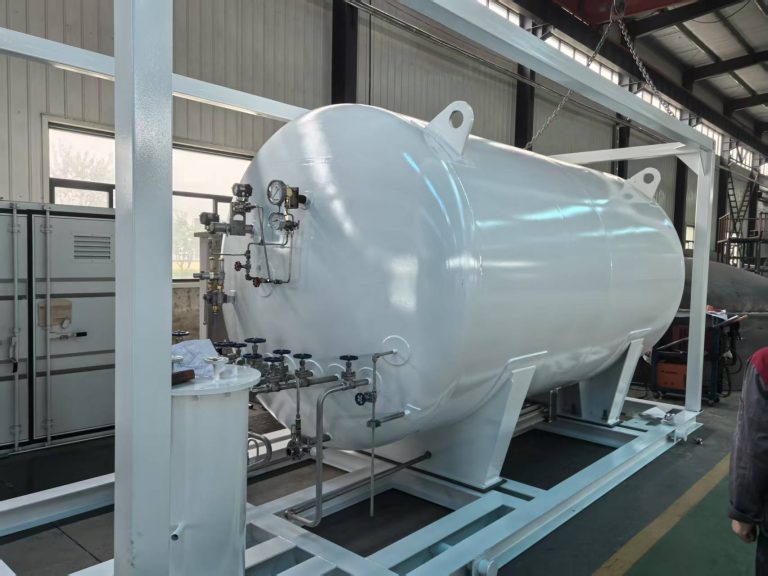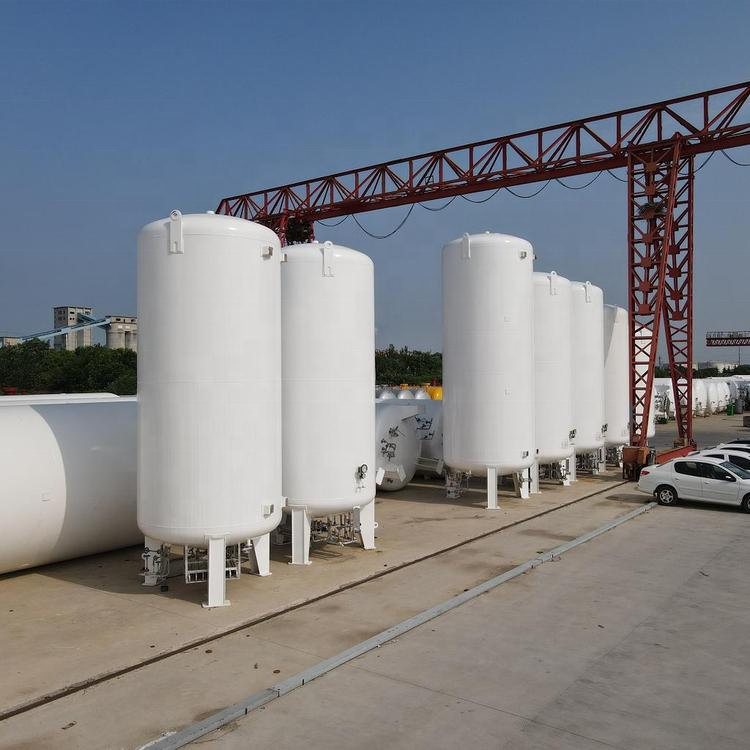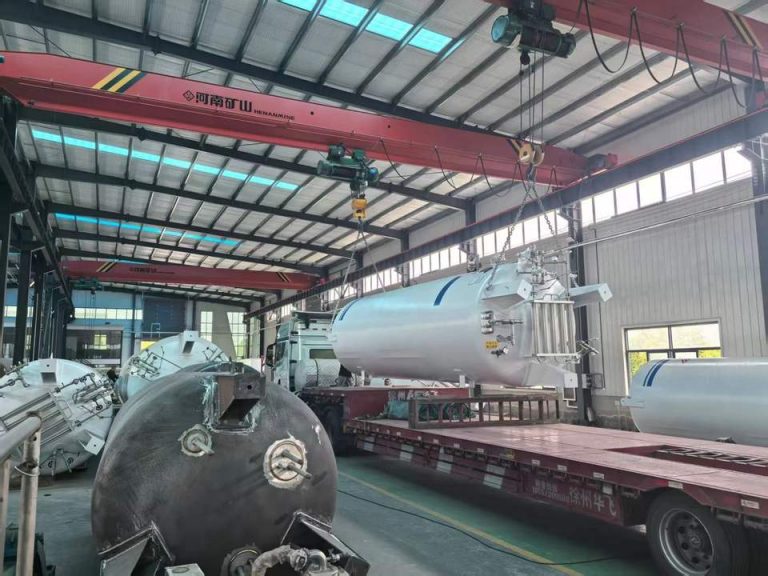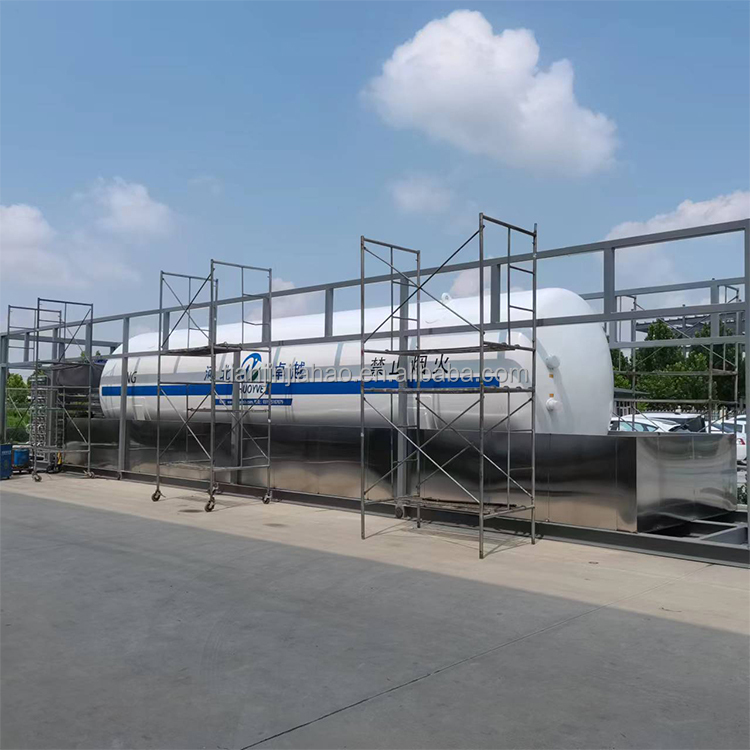The accident rate of pressure vessels is influenced by numerous and complex factors. It relates not only to the overall technical standards across the industrial sector but also to societal culture and human quality.
Under identical conditions, pressure vessels exhibit significantly higher accident rates than other mechanical equipment. While most pressure vessels endure static and relatively stable loads—unlike rotating machinery prone to failure from excessive wear or high-cycle fatigue in high-speed engines—their elevated accident rates stem primarily from the following factors:
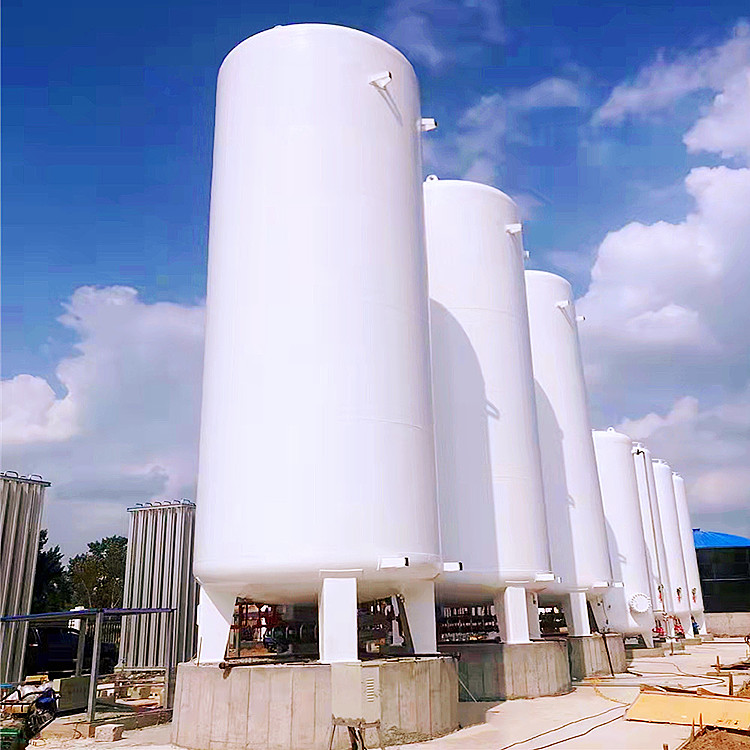
1.Harsh Operating Conditions
Pressure vessels endure not only varying pressure loads (often pulsating) and other stresses, but also operate under extreme temperatures—high heat or cryogenic conditions. Their working media are frequently corrosive, creating a harsh operational environment.
2.Susceptibility to Overloading
Pressure within vessels can surge rapidly due to operational errors or unexpected reactions. Often, vessels rupture before such surges are detected.
3.Complex Localized Stress Conditions
Fatigue fractures frequently occur around openings and other structural discontinuities due to excessive localized stresses and repeated loading/unloading cycles.
Severe Hidden Defects
Welded or forged vessels may harbor critical defects like microcracks during manufacturing. If these defects propagate during operation or under specific conditions (e.g., operating temperature, medium properties), they can cause sudden vessel rupture.



